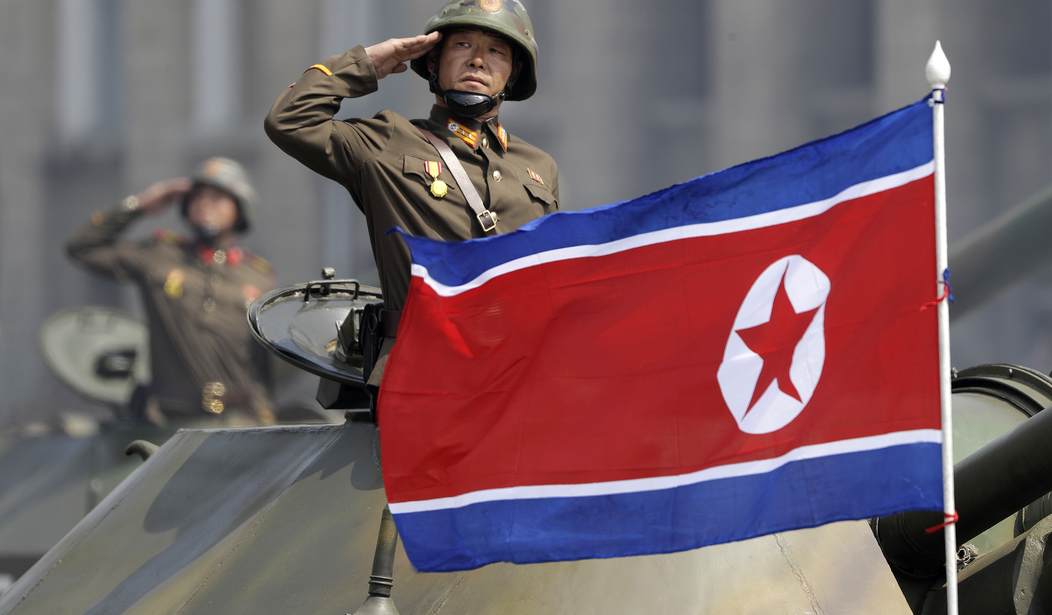We’ve known for a while that Russia was buying drones from Iran. Today the US declassified intelligence which claims North Korea has been secretly sending Russia artillery shells:
The US is accusing North Korea of secretly supplying Russia with artillery shells for the Ukraine war by concealing where they are being transported to, according to newly declassified intelligence.
US officials believe that the surreptitious North Korean shipments – along with drones and other weaponry that Russia has acquired from Iran – are further evidence that even Moscow’s conventional artillery arsenals have dwindled during eight months of combat. North Korea is trying to hide the shipments by making it appear as if the ammunition is being sent to countries in the Middle East or North Africa, the intelligence says.
“It could be significant development because one of the challenges for Russia has been sustaining artillery fire,” said Michael Kofman, the director of the Russia Studies Program at the Center for Naval Analyses, who emphasized he had no knowledge of the underlying intelligence. “The Russian army has likely gone through millions of shells at this point.”
Russia has been “offsetting a deficit of manpower with much higher output of fires,” Kofman said, a strategy that he said has “likely been very costly on ammunition supplies” and has left Russia, like Ukraine, scouring the globe for countries with Soviet-caliber artillery supplies that are compatible with its systems in order to sustain the war.
We’ve been hearing for weeks that Russia was running low on high tech weapons including precision guided artillery. But what they are buying from North Korea is just standard artillery shells. And that suggests they have depleted their stocks of weapons a lot further than just running out of high-tech gear. There’s reason to think Russia wouldn’t buy even standard artillery shells from North Korea unless they were pretty desperate.
In 2010, North Korea fired 170 122-millimeter shells at South Korea’s Yeonpyeong Island. Fewer than half hit the island, and of those, about a quarter failed to detonate – a high failure rate that “suggests that some DPRK-manufactured artillery munitions, especially (multiple rocket launcher) rounds, suffer from either poor quality control during manufacture or that storage conditions and standards are poor,” according to a 2016 report from the Center for Strategic and International Studies.
This is not the only reason North Korea is in the news today. They also fired off 23 missiles, setting off air raid sirens on an island that is part of South Korea.
North Korea launched at least 23 missiles off its east and west coasts, one of which landed 103 miles northwest of the outlying island of Ulleung, where people took cover. South Korea, in response, fired missiles from fighter jets into waters near the North’s territory.
The exchange between the two marked the first time that many missiles had been launched across the Koreas’ maritime border, the South’s Defense Ministry said, though all of them fell into international waters.
Lt. Gen. Kang Shin Chul, the South Korean military’s chief director of operations, called the launch “a highly unusual and intolerable act.”…
The launch on Wednesday was the North’s most daring missile test since Oct. 4, when it fired an intermediate-range ballistic missile that flew over northern Japan. That missile flew farther than any other missile the North has tested.
This map shows the location of Ulleung island. The missile was headed in the direction of the island but landed well short somewhere inside that red circle. However, as you can see, that means the missile hit the water not far off the coast of South Korea.
💥🇰🇵🇰🇷
Kuzey Kore | Wonsan'dan fırlatılan 'bir füzenin Güney Kore MEB'ine düştügü aktarıldı'
Buradan ateşlenen füzelerin ise 3 adet ve kısa menzilli olduğu biliniyor.
• Füzenin indiği yer Güney Kore'ye yalnızca 57 km mesafede bulunuyor. pic.twitter.com/RIpAqk0BeS
— Kamil Görgülü (@kamilgorgulu1) November 2, 2022
Here’s a report on the missile launch and the South Korean response.








Join the conversation as a VIP Member